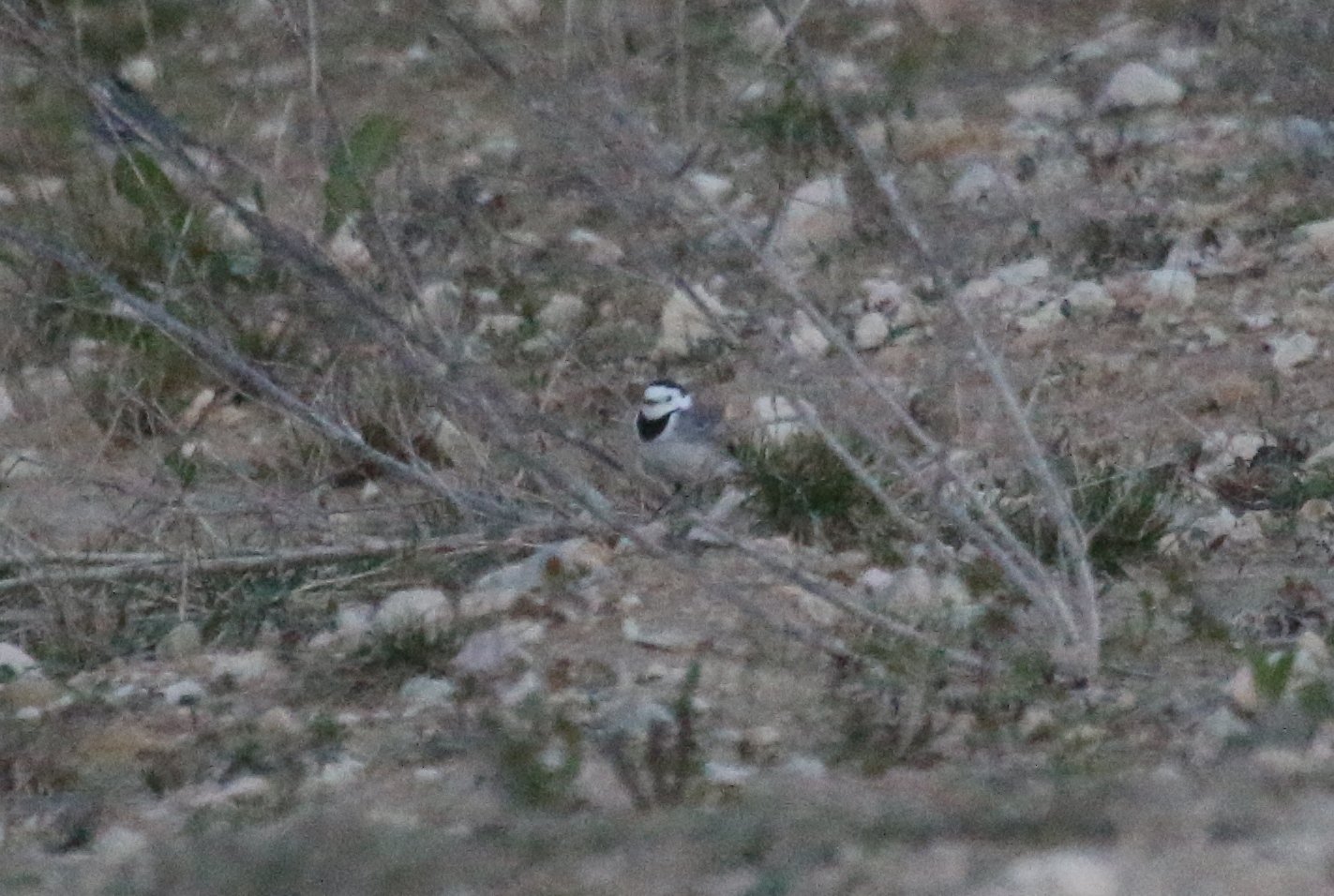
I recently saw and photographed what appears to be a Baikal Wagtail (Motacilla alba-or-not baicalensis) in Germany. If I am correct, this would apparently constitute a first record for the Western Palearctic. So it may turn out to be a bit of a big deal. Or a bit of a PR disaster for my birding skillz if I am not correct. So I guess some background wouldn’t hurt.
The White Wagtail Motacilla alba, or the taxonomic entity formerly known as “White Wagtail”, comprises a complex of 9 differently-looking forms which have some white in their plumage, wag their tail and inhabit all of Eurasia from eastern Greenland and Morocco to western-most Alaska and northern Vietnam. By plumage and distribution, they can very roughly be divided into 2 groups (probably not reflecting taxonomic relations): One group inhabits central Asia (personata), the mountains of southern Asia (alboides), central East Asia (leucopsis) and the Pacific coast from the southern half of Kamchatka to Japan (lugens). Yes, you may want to go and get an atlas before you continue. The second group has two odd forms with a limited distribution, namely yarrellii of the British isles and sub-personata from Morocco. Then comes the mother of all forms, the Herring Gull of wagtails: alba, the White Wagtail. Alba wagtails range widely and commonly from Greenland and Spain towards the east, far and wide, to the mighty river Yenisei in Siberia. This – roughly – is where ocularis takes over. Ocularis essentially looks like alba, only differing in having a whiter wing panel and a distinct black eye stripe. This is the form that rules Siberia and even reaches Alaska. And then you have baicalensis (the 9th form, which means you’ve made it through). Baicalensis inhabits southern Siberia around lake Baikal and ranges into the northern half of Mongolia. And as this post is about baicalensis, let me quickly finish by pointing out that it looks just like alba, only it has a whiter wing pannel and a white chin and throat whereas alba has a complete black bib.
Now, if you quickly call to mind the pattern of Asian species reaching Europe as vagrants, you will remember that most are from Siberia. Any other region, even central Asia, scarcely provides us with vagrants here in Europe. However, for the “white wagtail complex” quite the opposite is true: there are quite a number of central Asian personata records for the WP and even an alboides from the Himalayas. But there is – apparently – not a single record of either ocularis or baicalensis. Why is that so? Well, of course I don’t know, but it seems quite plausible that the “white wagtails” are amongst the species/forms most underidentified in Europe. Here in Europe, alba wagtails are so incredibly common that the vast majority of birders brush aside any small black-white-and-grey bird with a long tail as a White Wagtail and don’t invest any amount of time in studying the bird. This has two consequences. 1 – we miss those forms of the white wagtail complex that closely resemble alba (personata and especially alboides look strikingly different and are unlikely to be missed even at a casual glance). 2 – most birders have very limited experience with the variation of alba and how to distinguish this individual variation from taxonomic difference.
Talking about taxonomy, you may wonder what baicalensis is. German taxonomists and probably a few others I am not aware of (pretty sure the Dutch as well) will tell you it is a species in its own right since we here in Germany have split off all forms of the “white-wagtail-complex”. The Clements checklist – which most birders in North America abide by – will tell you that all 9 forms mentioned above are subspecies of the White Wagtail Motacilla alba. However, just like the Yellow Wagtail complex, it seems that some forms will eventually be split off even by conservative authorities, e.g. the form personata, and my prediction is that eventually the vast majority of the 9 forms will be elevated to species level. Time will tell, but in the meantime birders certainly shouldn’t sit and wait.
Finally, after this lengthy introduction, here is an image of the potential baicalensis (left) next to an ordinary, classic White Wagtail M. alba. As you can see, the difference is quite striking.
And here is the series of pictures I was able to take before the bird took off. Yes, most look almost identical, the distance was considerable for such a small bird, and the observation happened right after sunset. But if indeed this is a baicalensis, and a first for the WP, I may be forgiven for providing all the images I’ve got in the poor quality I was able to achieve.
.
Now that you’ve unexpectedly even made it through my lousy pics, you’re in this post so deep that I may as well shortly discuss a few aspects of the bird’s identification.
First things first: sexing and ageing. The bright white face and the fact that the white on the forehead reaches to above the eye indicate that the bird is likely a male. On the second-to-last picture, you can see that the black cap does not reach the nape, which is grey. Therefore, this may be an immature male in its second calendar year, although an adult female cannot entirely be excluded (although the black cap should reach further down even in a female). Now to the taxonomic identification: in comparison to alba, adult male baicalensis have a brighter white wing panel, which is not visible on the images. However, given the bird’s age and sex (either adult female or more likely 2 cy male), this is meaningless since the wing panel in these plumages is identical to alba anyway. What we can see clearly and definitely on the images is that the chin and throat are white. This is the only plumage feature that allows us to differentiate between alba and baicalensis. And it’s there. That nails it, definite baicalensis, case closed.
Well, not so fast. Our alba white wagtails sadly have a winter plumage in which they show a white throat and chin and a reduced black breast band. This isn’t really a problem for the identification of this bird since a) all the birds I observed in the last 10+ years here in Germany in April had already moulted to breeding plumage, so we are talking about a probability of something like 10,000 : 1 or less, and I tend to specifically watch (and not underidentify) my wagtails b) albas in winter plumage have a more “dirty” white face, with a shade of grey and often a whiff of yellow whereas “my” bird has a beautifully clean and sharp pattern … and finally c) the shape of the black breast band in alba winter plumage is entirely different, more like a “U” or a horse shoe.
However, I mentioned that I consider the white wagtail to be underidentified, and most birders – I suspect also the members of the records committee – are not too familiar with the different plumages and their seasonality or degree of individual variation.
Therefore, I fully expect the rarities committee to play safe and reject the observation because .. you know … birds can vary, and who knows how exactly those transitional plumages between winter and breeding may look like.
I honestly considered not to report it. Then I found this picture of a 2nd cy baicalensis from Korea. Comparing it to “my” bird, I can’t help but feel I’ll have to jump the shark …
.


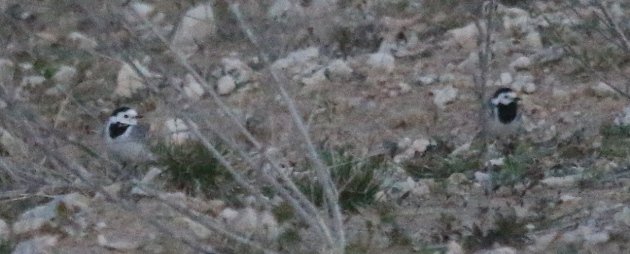
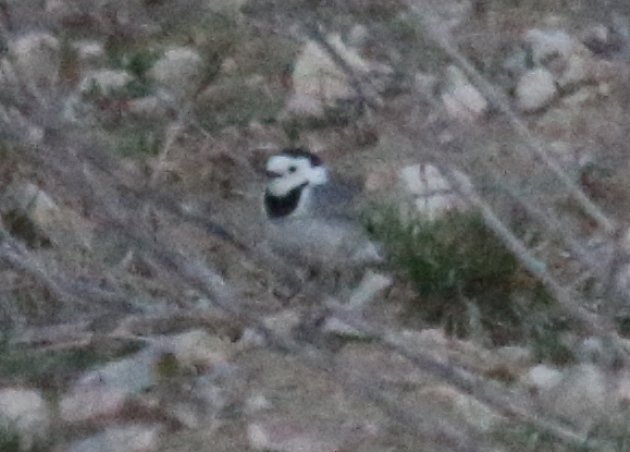
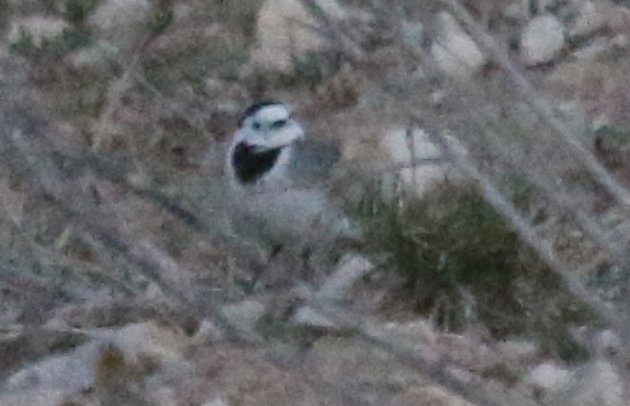
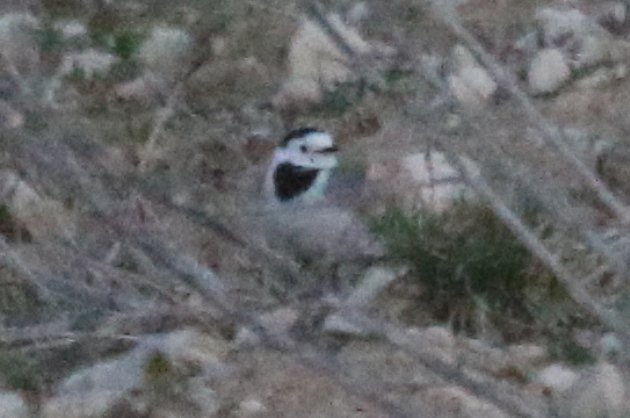
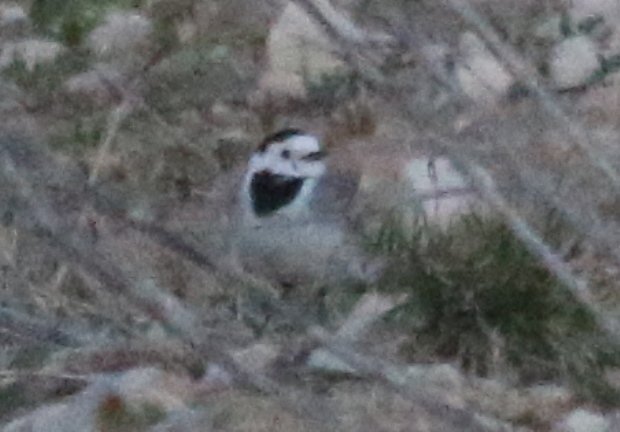
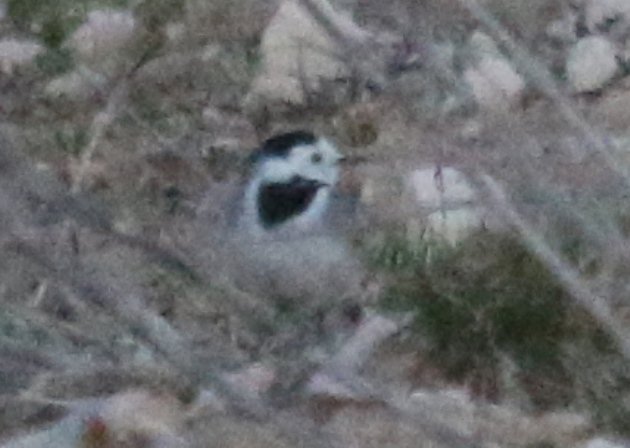
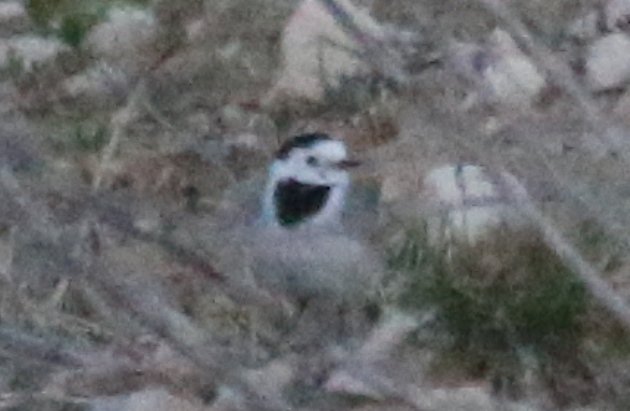











Good Luck and worth the risk of throwing it out there….somebody has to! 🙂
‘Tis better to have ID’d and lost, I suppose?
Yes, certainly, but ’tis bestest to have ID’s and won. I’m still contemplating…
Yeah, I guess sometimes a birder’s gotta do what a birder’s gotta do. 😉
Hi , what was the end of that story 🙂
Beacause i found the same wagtail in Poland yesterday.